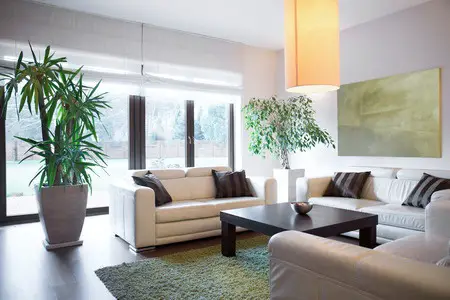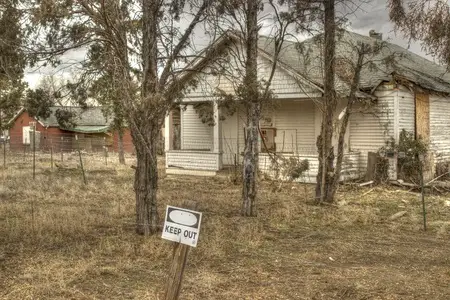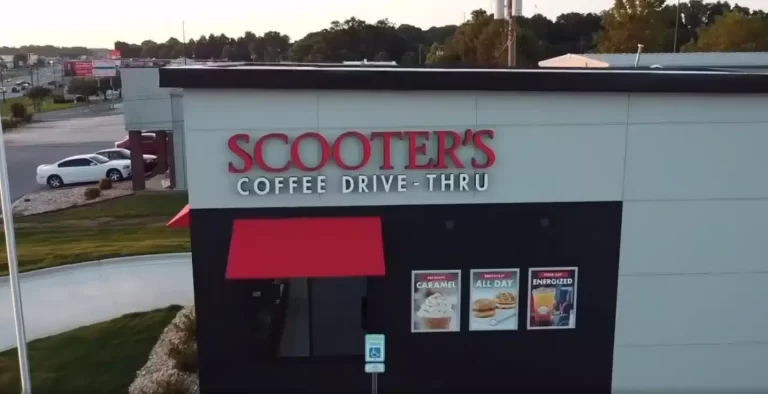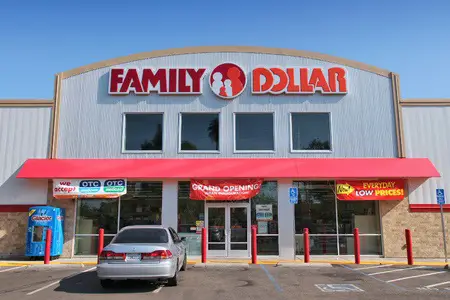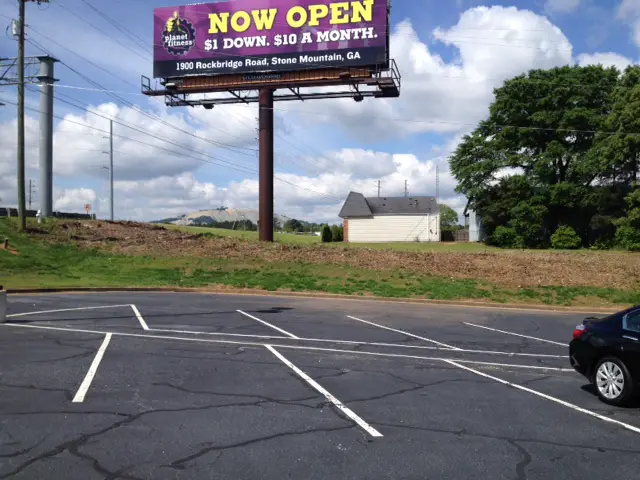Love Houses, Hate Tenants? The Model Home Sale Leaseback Explained.
Why are model home sale leasebacks attractive to individual investors? This may come as a big shocker to those who have not owned a rental property before, but not all tenants are exemplary citizens that always pay on time.
Some of them don’t pay on time or don’t pay at all. Others trash the place. Still others will pester the landlord non-stop for repairs or other issues, oftentimes outside of normal business hours; after all, they are a paying customer and you are the one selling the product (rental housing).
If you don’t keep them happy, they could quickly become a customer that does not pay or decides to use the court system to adjust your behavior. You try to do things like checking the tenant’s credit and references up front, but no amount of due diligence can completely alleviate these risks.
Unlike an apartment complex that can spread out their risk among many different tenants, many landlords own 1 house and have just 1 tenant.
The Alternative to Landlording – a Model Home Sale Leaseback
In a model home sale leaseback, the home building company sells you one of their new homes, and agrees to lease it back for some period of time, often 12 to 24 months with the option to extend, to be used as a model.
From day 1, you will start earning rent on your investment.
The homebuilder has a model home that they can escort potential buyers through in order to demonstrate one of their floor plans and convince more buyers to buy homes in their development.
Many tract home developments will have 3 to 4 models; some builders that build one-off homes will use this tactic as well.
The homebuilder is able to get the home sold and “off their books” right away, while still maintaining the ability to showcase their models to potential buyers. The investor gets a paying tenant that has a huge incentive to keep the home in pristine condition; additionally, the builder will typically be responsible for all maintenance (they did build the home and do have access to all the different trades in the event that something needs to be corrected).
Once the development is finished, the builder will return possession of the home to the investor and will usually complete any conversion work needed such as removing special fencing or converting the sales office back to a garage.
3 Risks You Are Trying to Avoid
The goal of a model home sale leaseback is to minimize 3 different risks for the investor.
First is the risk of collection loss; basically that a tenant won’t pay some or all of the rent they have agreed to pay. With a model home sale leaseback, the thought is that your tenant is a company rather than a person. In general they may be less likely to suffer financial distress due to a layoff, medical issue, etc. Obviously the Great Recession changed people’s opinion of a homebuilder’s financial stability, but in general, most investors would be more confident with a homebuilder as their tenant rather John Q. Renter.
The second risk is the risk of vacancy; it is unlikely that you will be able to have a tenant move in the exact same day you close on the property. It might take a month or more to find someone. If you get someone to sign a year lease but want to hold the house for 2-3 years, you may have to go through the process a couple more times. For a new home on the outskirts or exurbs of a city, you may not find anyone willing to rent the house because the area may not have any employers, grocery stores, restaurants, etc. yet.
The third risk you are trying to avoid is the risk of someone trashing the house. The builder has every incentive to keep the home in pristine condition. Additionally, since no one is actually living in the home, there should be less wear and tear on things like the shower, plumbing, oven, etc.
Besides managing risks, a properly-designed lease is going to make the investor responsible for taxes and insurance, and the builder responsible for virtually everything else. If a toilet does not work or the AC is not working, the builder should be responsible for not only paying for the costs of any repairs, but handling everything from calling out the contractor to paying any invoices.
The investment should be designed almost like a net lease you see with commercial properties, where the landlord just cashes checks each month and has no other management responsibilities (the lease is not quite triple net if the landlord still has to pay taxes and/or insurance.)
Don’t Go to Heavy on the Upgrades
One of the biggest mistakes that an investor can make when buying a model home sale leaseback is to pay too much for an overly upgraded property. Builders do tend to go heavy on the upgrades for most of their properties.
The problem is that if you pay $750,000 for a house that is upgraded to the hilt while normal buyers are upgrading way less and paying $650,000, you are going to have a big problem on your hands in 24 months or whatever if you want to sell the property.
There may not be buyers willing to pay a substantial premium even though your house is loaded with travertine and quartz everything, and a pool/waterfall when most of the other buyers in the neighborhood had no pool and few upgrades.
Even if the builder hypothetically increased base prices $30,000 to $50,000 over that 2 years period, your home is still could be by far the most expensive one on the street.
Even though they may entice you with an above market rent (say $5500/month when a comparable home would be lucky to lease to a family for $3750) you are going to be far better off trying to get some of the upgrades thrown in for free or walking away from the deal altogether.
